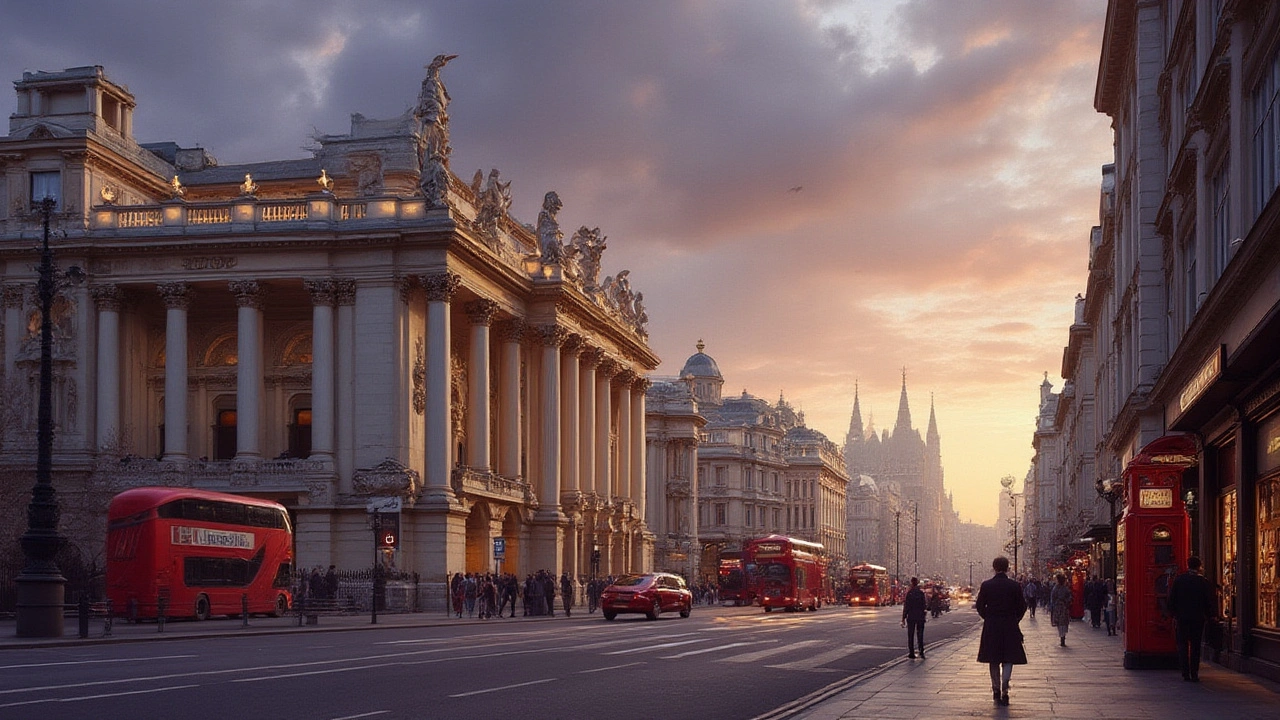Explore how Beaux-Arts architecture transformed city design, influenced urban planning, and left a legacy on skylines around the world. From grand buildings to boulevards, see its mark everywhere.
Historic architecture: how to recognize styles and why they matter
Historic architecture tells stories with stone, wood, and detail. If you want to read buildings like a book, start by spotting a few clear clues: columns, rooflines, window shapes, and ornament. Those small features point to big ideas—like why a Greek temple looks different from a Baroque palace. This page helps you identify common historic styles, gives simple preservation tips, and points to deeper articles on each period.
Spot the style: quick ID guide
Want a fast way to name what you see? Try these shortcuts. Greek Revival: tall, plain columns and strong symmetry—think temples. Georgian: balanced facades, sash windows, and brickwork. Baroque: dramatic curves, heavy ornament, and movement in the façade. Beaux‑Arts: grand scale, classical details, and carved sculptural features. Renaissance: rounded arches, clear proportions, and domes. Ancient Roman: arches, vaults, and durable concrete methods. Constructivist and Expressionist styles push form and shape—look for bold geometry or wildly sculpted roofs. If a building wears steel and glass proudly, it might be High‑Tech or International Style.
If you want examples, check our posts on Ancient Roman Architecture, Beaux‑Arts, Greek Revival, Renaissance, and Constructivist Architecture for clear photos and breakdowns. Each article shows real buildings and points out the exact features to look for.
Practical tips for visitors and owners
Visiting: take a photo of the façade and one of a close detail. Back home, compare those photos with style guides or our tag articles. Ask tour guides about materials—brick, stone, terra cotta, or concrete can narrow the era. Look for changes in windows and doors; many historic buildings were updated, and those edits tell stories about changing needs.
Preserving: keep original details whenever possible. Repair rather than replace features like cornices, sash windows, and trim. When you must replace, match materials and profiles. For small projects, use breathable paints and avoid trapping moisture. For bigger work, consult a preservation architect—many local heritage offices offer free advice or grants.
Research: check building plaques, local archives, or old maps. A construction date or original owner can explain stylistic choices. If you’re renovating, document everything—photos, contractor notes, and materials used. That record helps future owners and can add value.
Want guided reading? Start with posts on Colonial Architecture for cultural context, Renaissance pieces for classic proportions, and Beaux‑Arts for city-scale influence. For modern connections, read about Bauhaus, Mid‑Century Modern, and Neo‑Futurism to see how historic ideas evolve. Each article includes clear visuals and practical spotting tips.
Historic architecture is not just pretty—it shapes how cities feel and how people live. Learn to spot the signs, care for the details, and enjoy the stories buildings keep. If you have a photo or building you’re curious about, bring it along—identifying is easier with one clear image.
Byzantine architecture is known for merging elements from Eastern and Western traditions. This article delves into its development, key features, and notable examples, providing a comprehensive look into this historic style. Discover the influence of both Roman and Persian styles, and explore iconic structures that showcase this unique architectural blend.


